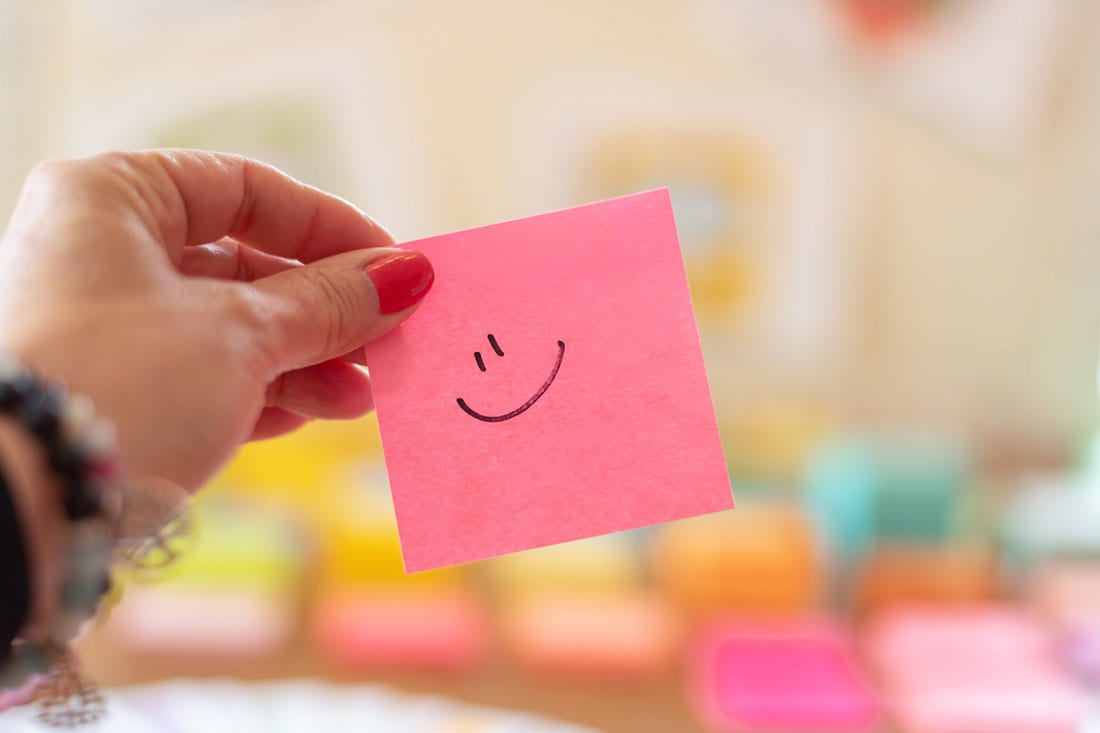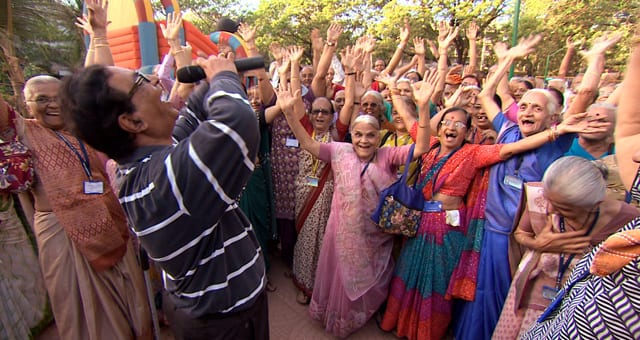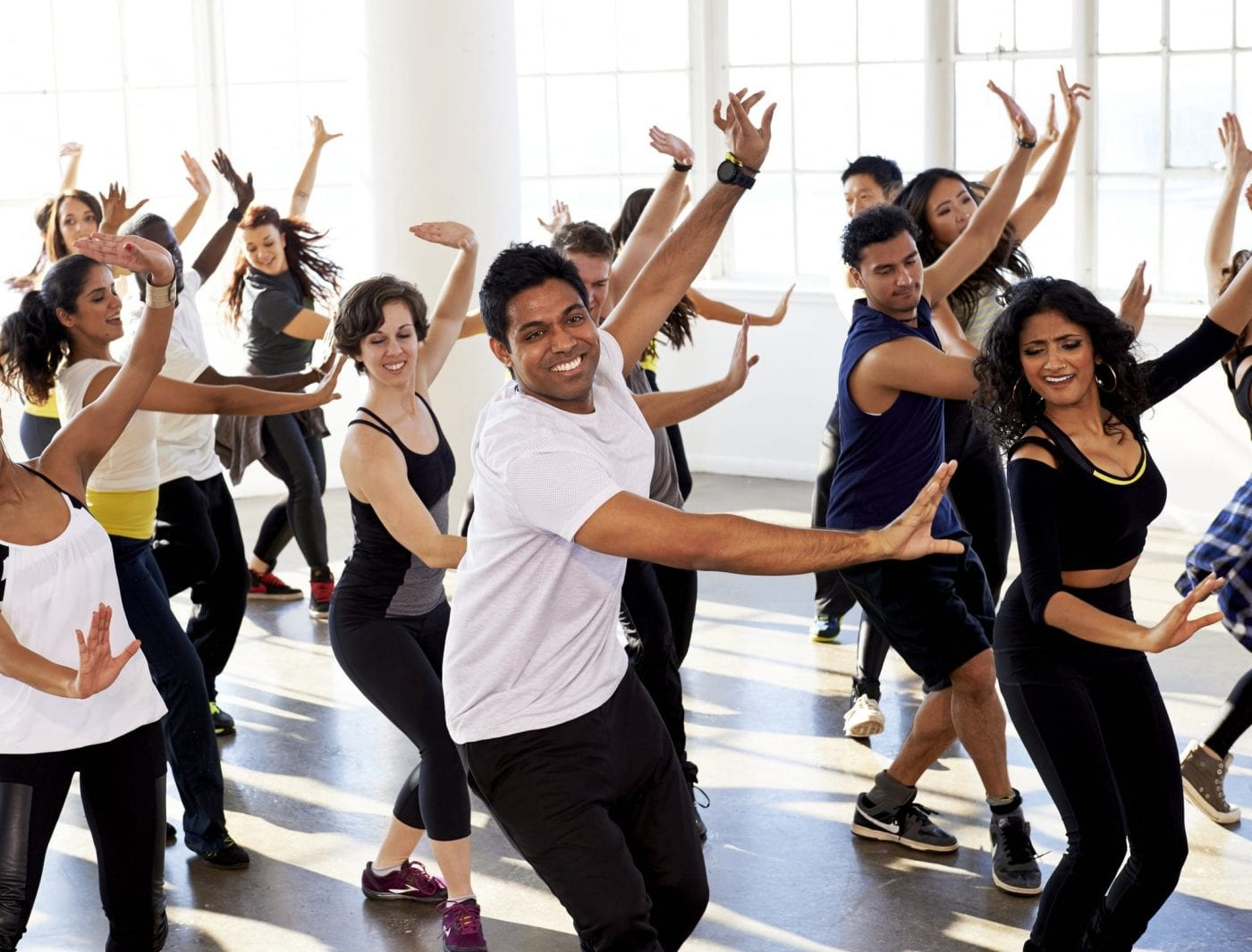We continue our holiday series: Our #ICYMI Stories Of 2020. With the new year upon us, this is a great time to reflect on some positivity.
Ready, set, positive mindset!?! We traditionally wish people a Happy New Year but how do action one for ourselves? Read on for tips on how to bring in the new year and new decade with positive energy.
Every year millions of people make New Year Resolutions, with some of the most popular ones focusing on health and happiness. Despite the enthusiasm, studies show the percentage of people who keep their resolutions is quite low (one study from 2018 found 80% of resolutions fail by February).

Why do so many people fail at keeping their resolutions?
There are several factors that impact that failure rate, but the one we will focus on is the tendency people have of trying to make too many changes to fast. Narrowing in on the popular resolution to be “happier” or “positive,” we explore the importance of setting manageable expectations rooted in self-love; perhaps the New Year doesn’t need a whole “new you”, perhaps you should give yourself some love for being great just as you are! This approach to resolutions (and positivity) turns away from making large, energy-consuming life changes to exploring small, sustainable shifts that will support your continued growth.
So, if your resolution is to make the new decade (and beyond) a positive one, these are ways you can cultivate more positive energy in a practical way:
Stop chasing happiness and start connecting with it: Sometimes, we get in the habit of linking our happiness to achieving certain goals (e.g. a common South Asian cultural norm for happiness is “when you buy a house, you’ll be happier”). This can become problematic because in the pursuit of happiness, we may miss connecting with the positive experiences already in our life. This isn’t to say we shouldn’t strive for big goals, it’s a gentle reminder that sustainable happiness is about daily experiences that often go unnoticed (e.g. buying a house should be a happy occasion but don’t get so pressured by the pursuit of that goal that it makes you miss the happiness in having a safe bed to rest your head on today).
To help you connect with positive experiences throughout your day, write daily activities you’re already doing, circle the ones you enjoy most and commit to bringing more attention to one of them (to start with). For example, I really enjoy drinking chai (I call it “hug in a mug”) so every day, I bring my attention to my first cup of chai by feeling the the warmth on the outside of the mug, inhaling the aroma and taking my first sip slowly; this allows me to connect with the positive experience (and happily enjoy my caffeine buzz).

Practice gratitude: Another action that only takes a moment in your day (and helps you connect with positive experiences) is to practice gratitude. Research shows that writing down three things you’re grateful for over a minimum of 21-days can change how your brain is hard-wired (making it easier to see positives in your life) so get out a piece of paper and start writing!
Embrace your sadness: The whole “good vibes only” movement is a marketing ploy that we need to be mindful of. Good vibes are great, but no one can be happy all the time. Sadness is a natural part of the human experience and when we try to ignore, mask or numb it, we risk burying it and having it create stress in our physical body. Next time you feel sad, acknowledge it; say to yourself “oh hi sadness…I see you…I feel you and I’m not afraid of you, I can face you.” Allow yourself to feel sadness without judgment and/or shame. The less you try to resist, the easier it will be to navigate through sadness. After you give yourself time to feel it, you can take an action to make yourself feel better (don’t hesitate to cry, the release can improve your mood and get you back to feeling good vibes faster).

Let music move you: We’ve said it before and we’ll say it again, beats are good for your brain! Science shows that music can help cultivate happiness and uplift our mood. To help music cultivate happiness, listen to it with focused attention (without doing something else). Playing a musical instrument also works and so does dancing. If you like to move, dancing is of double benefit since exercise also releases endorphins (the happiness hormone) in your brain. We love to listen and dance to great workout videos like this one from BollyX on YouTube.
Meditate: In a loud world of over stimulation, quiet time can be considered happy time. A traditional South Asian practice, the several benefits of meditation (examples include increased productivity, focus, clarity, etc.) impact our overall well-being in positive way making it no surprise its now practiced around the world. Don’t worry if you can’t carve out time for long daily practices, they key is to start somewhere (even 3 minutes a day of meditation or Pranayama breathing is better than none and can leave you feeling positive).
Main Image Photo Credit: www.success.com
Rachna Sethi
Author
Rachna (@thesassyspiritual) is a graduate of the Applied Mindfulness Meditation program from the University of Toronto, a certified Educator with two bachelor degrees and a diploma in Art Therapy. She's dedicated to living with a compassionate approach. Committed to helping people integrate Mindfuln...













































































































